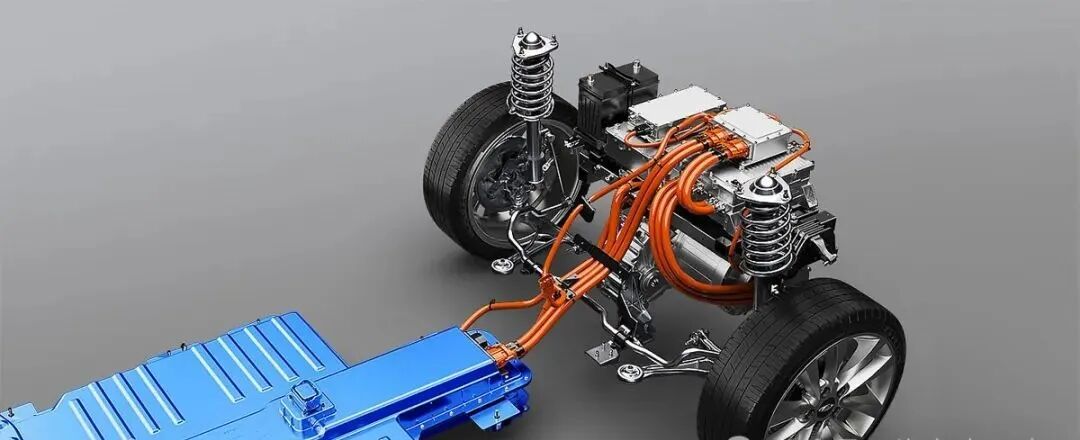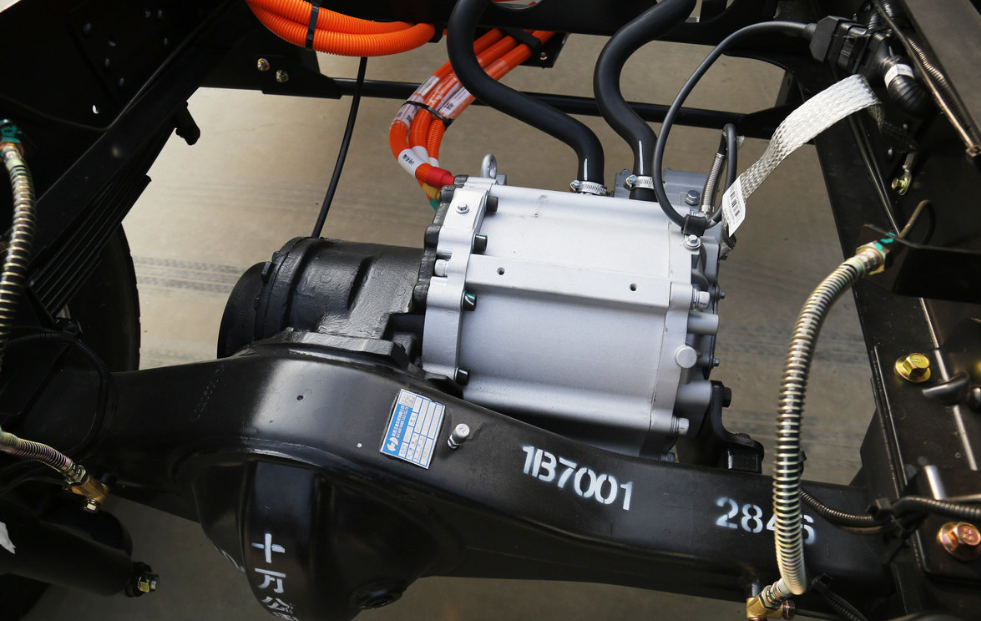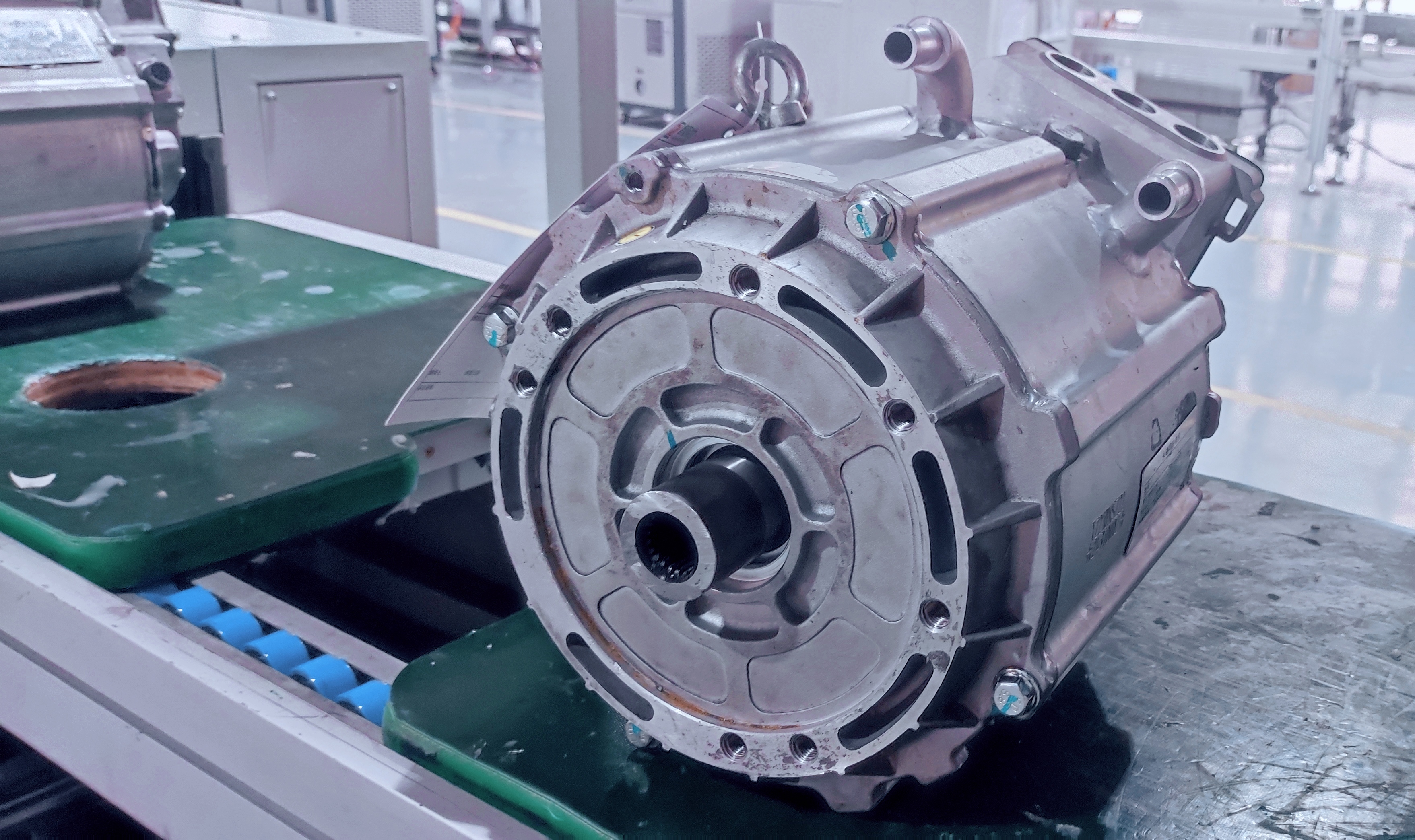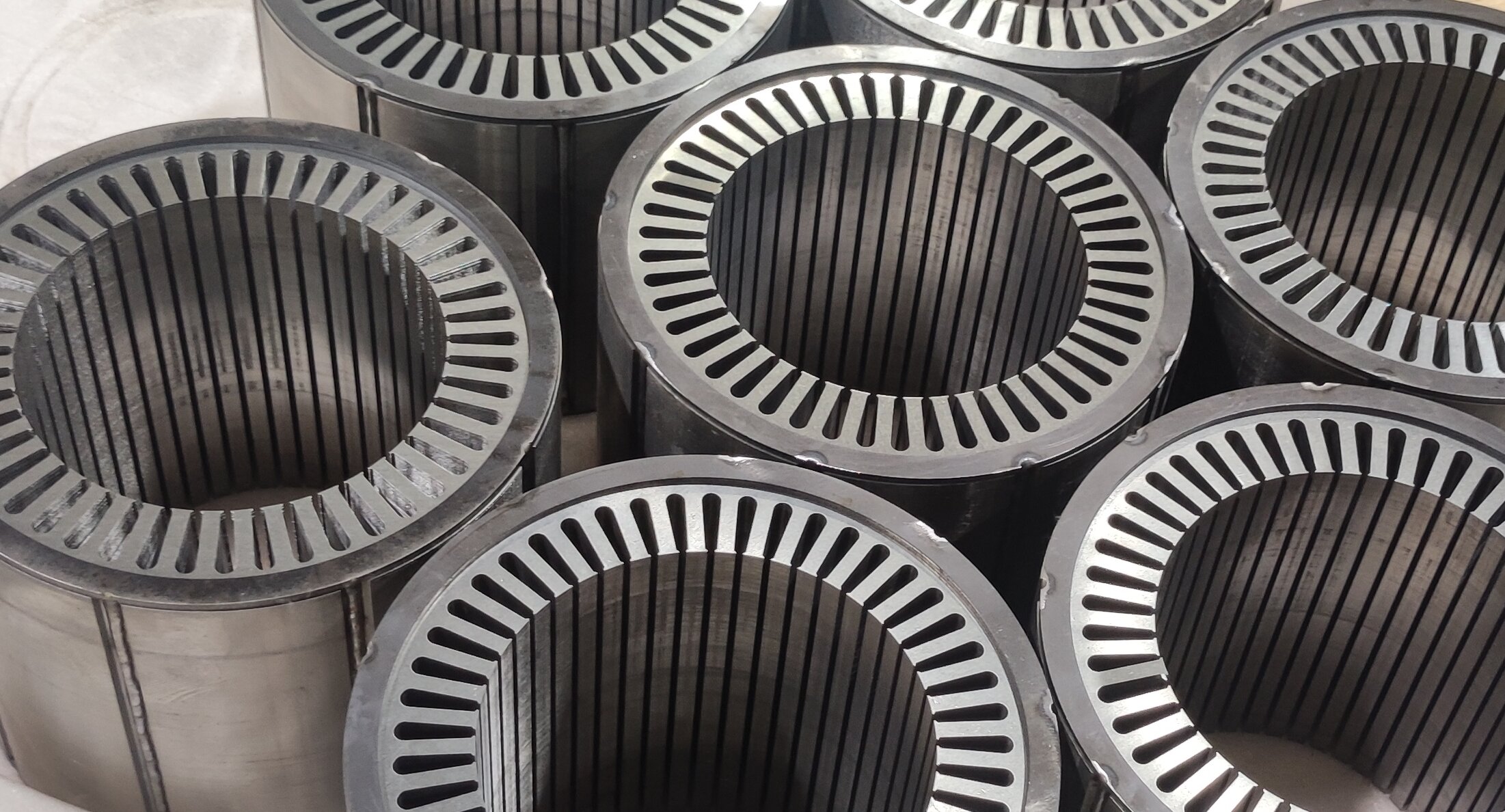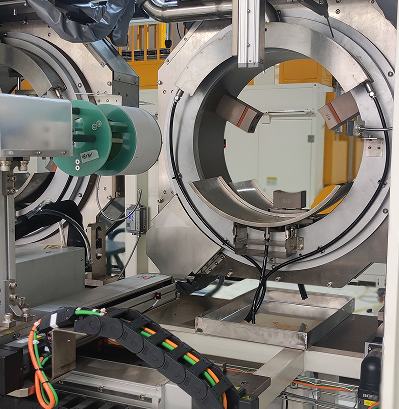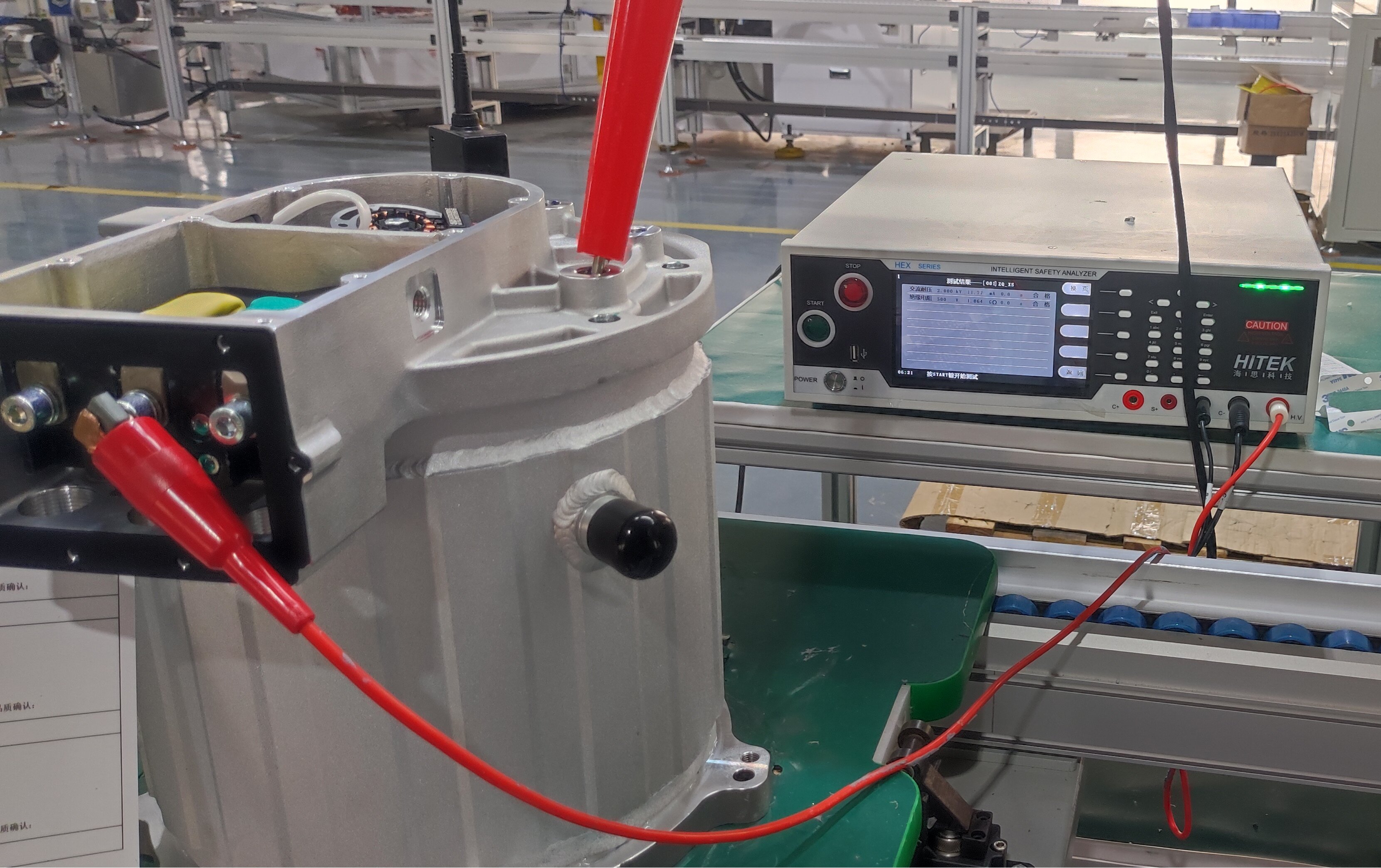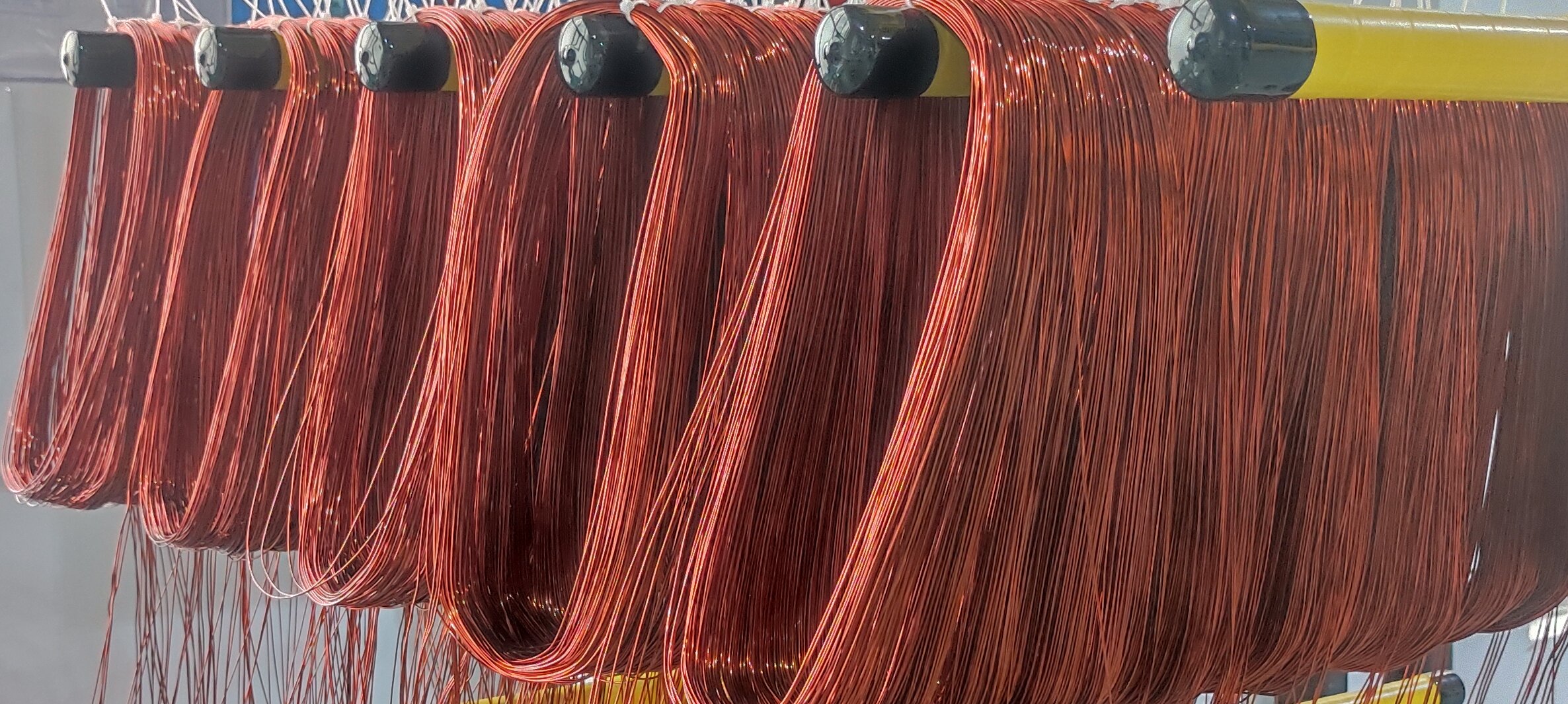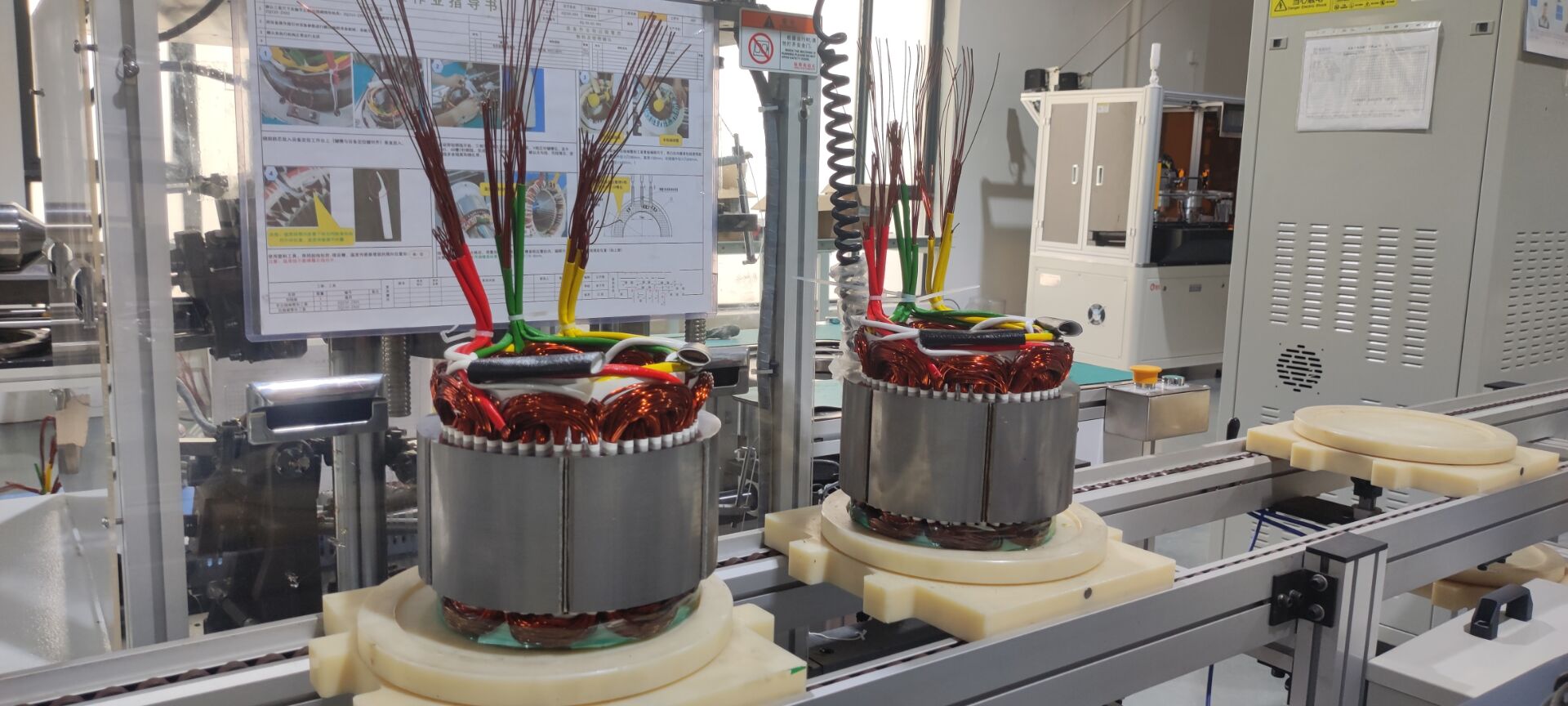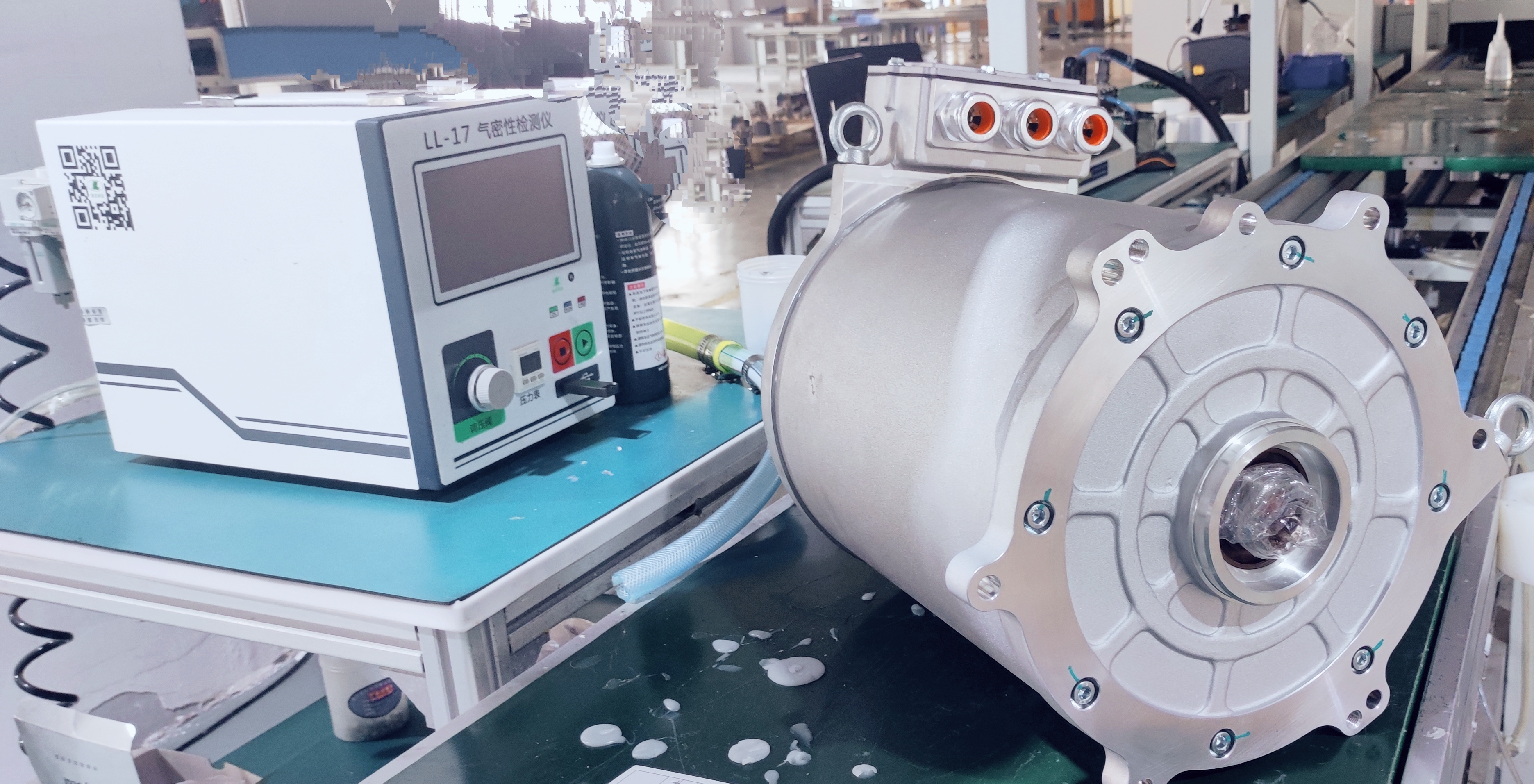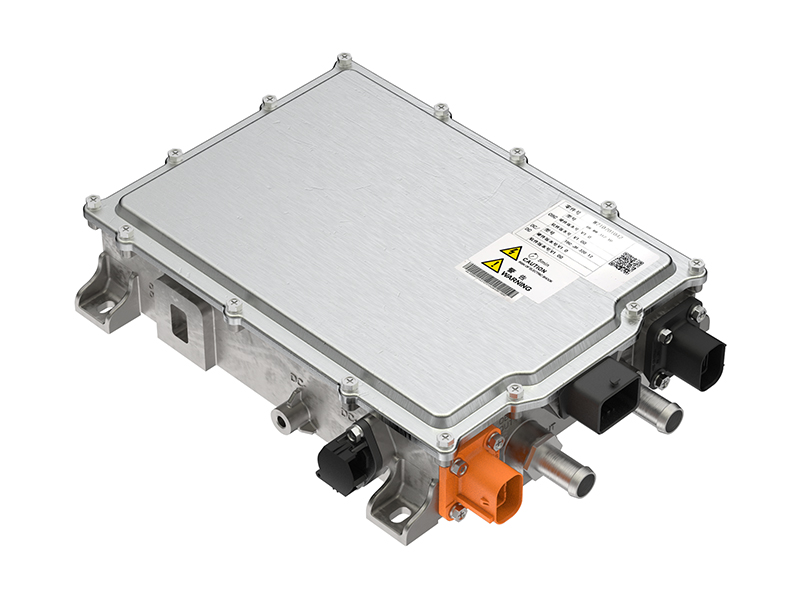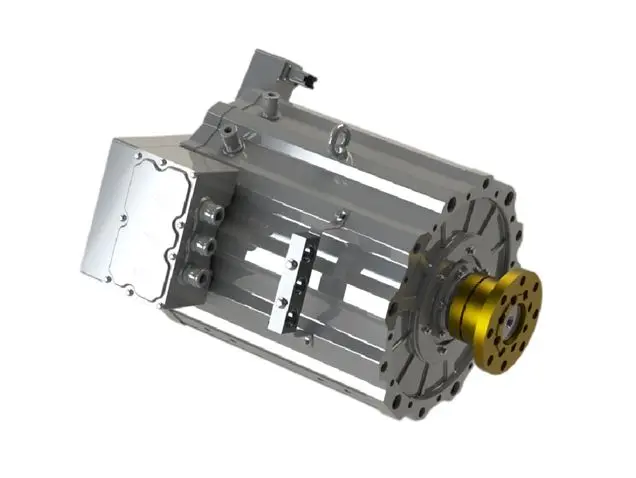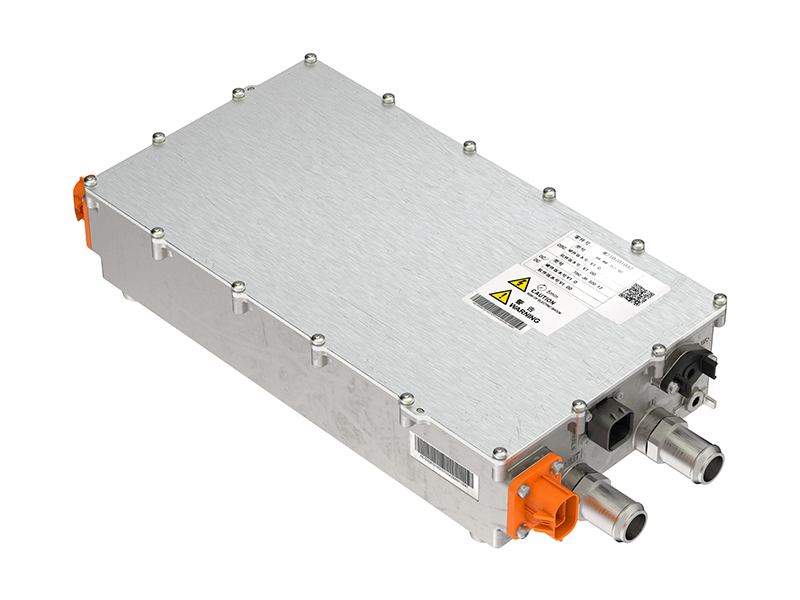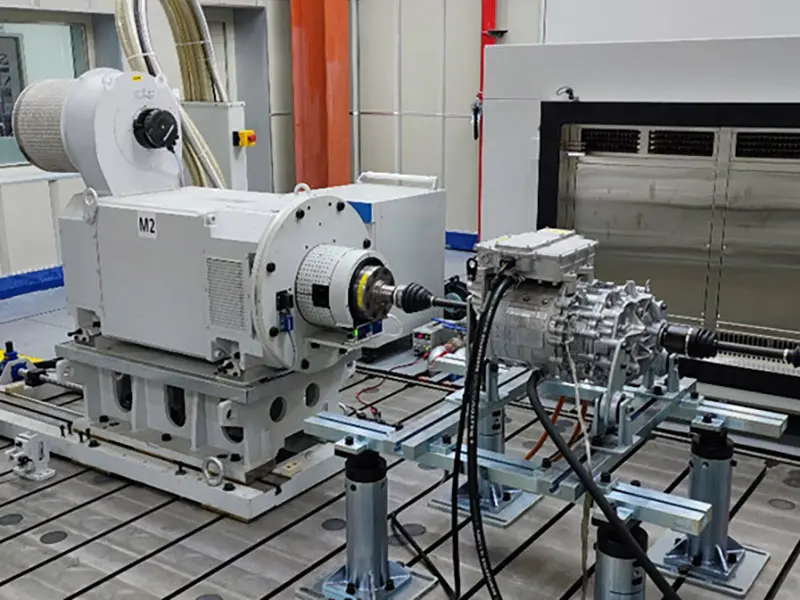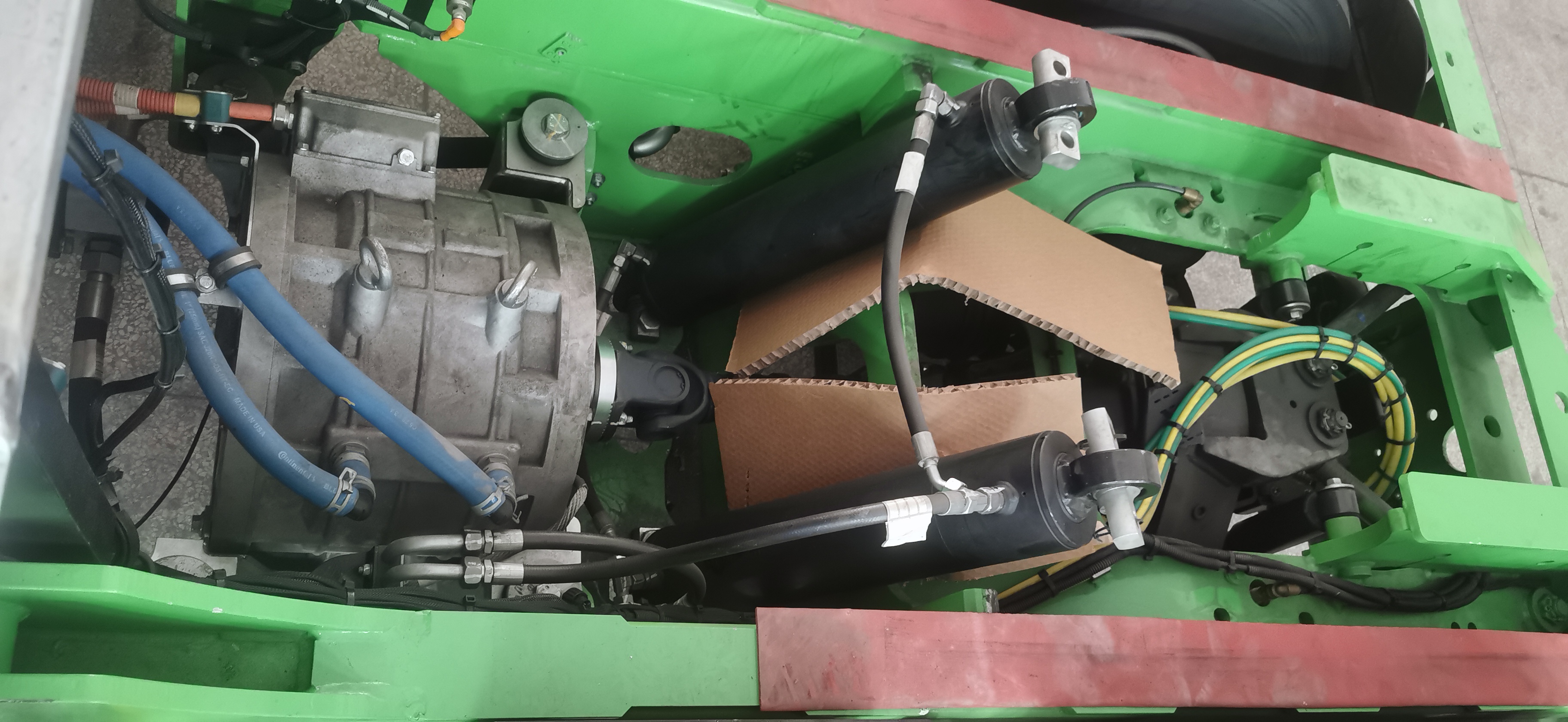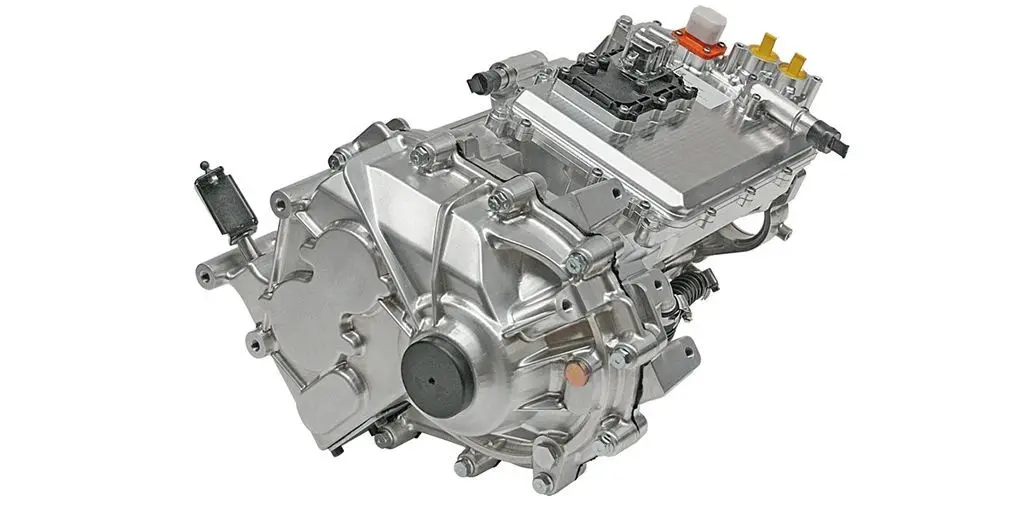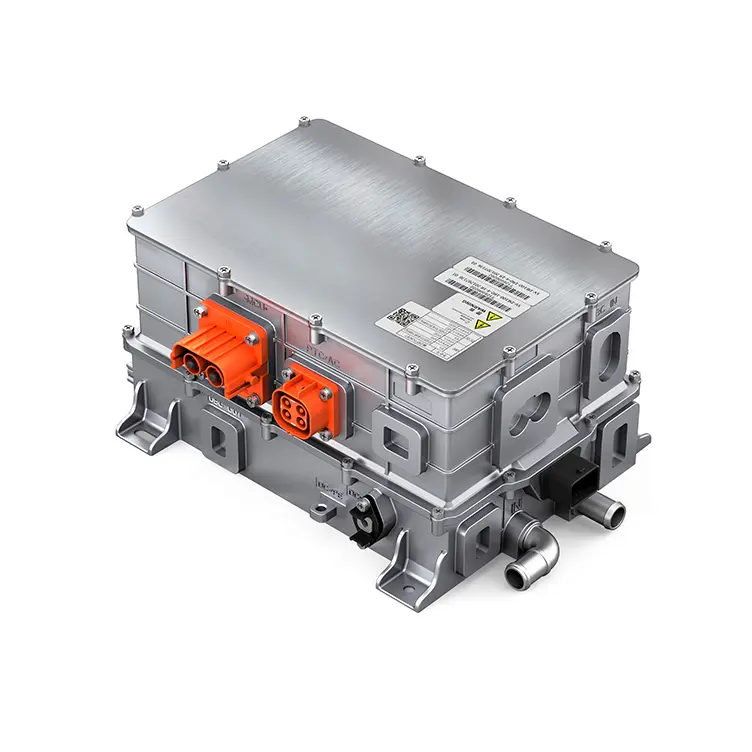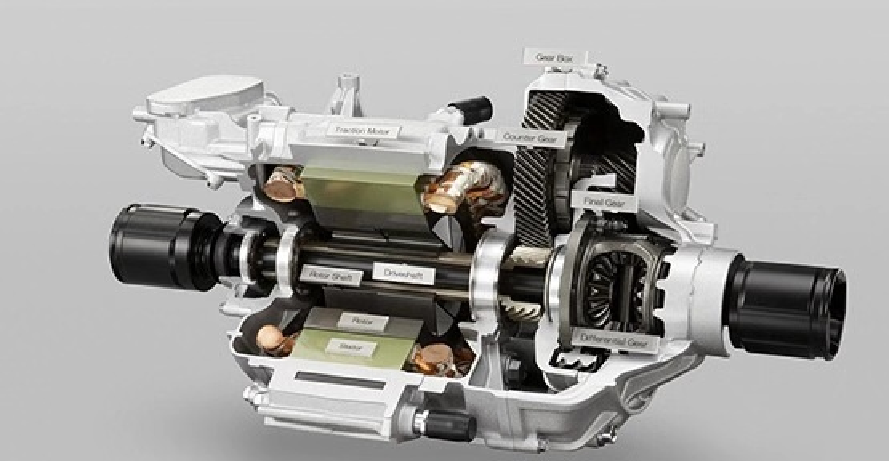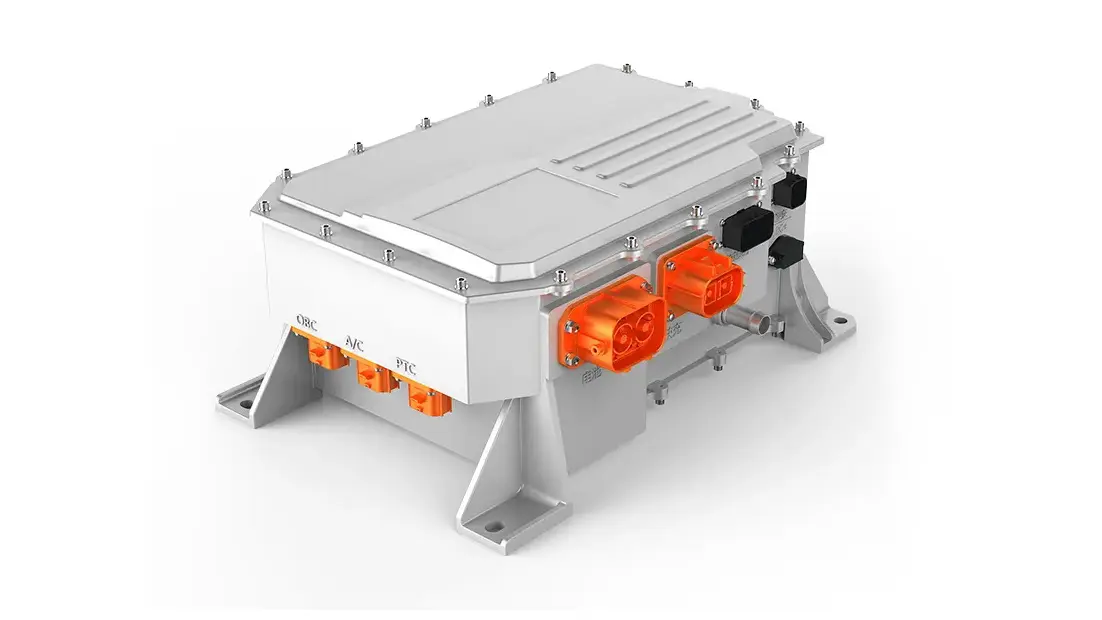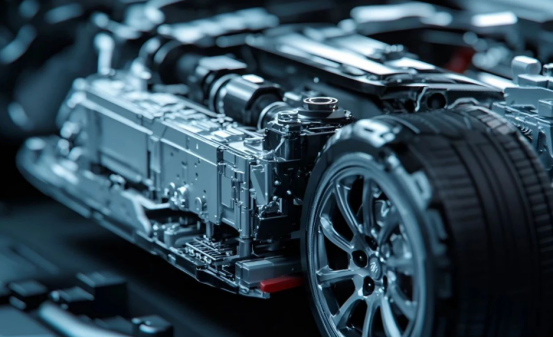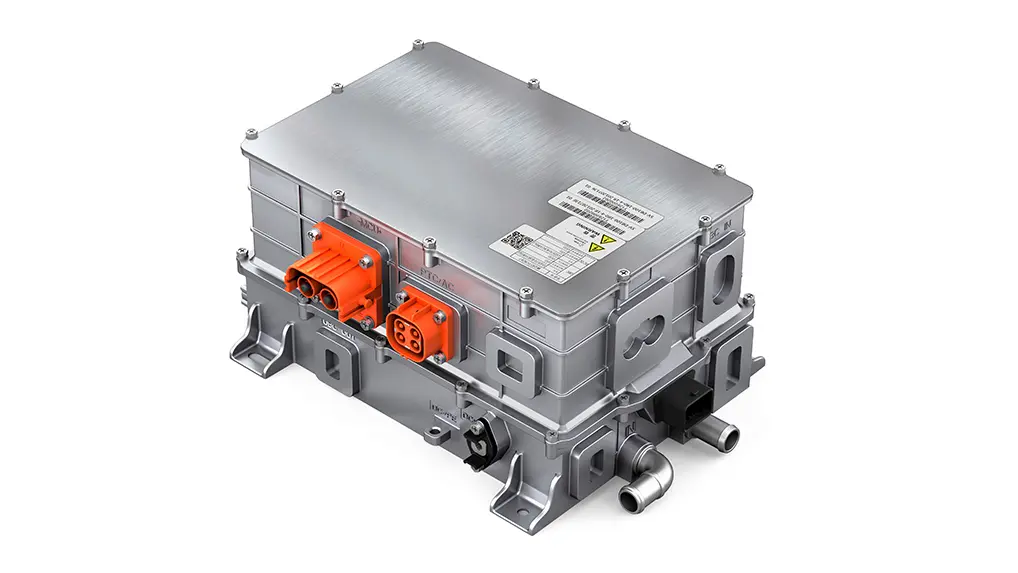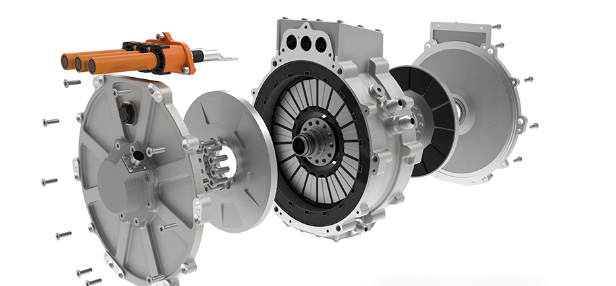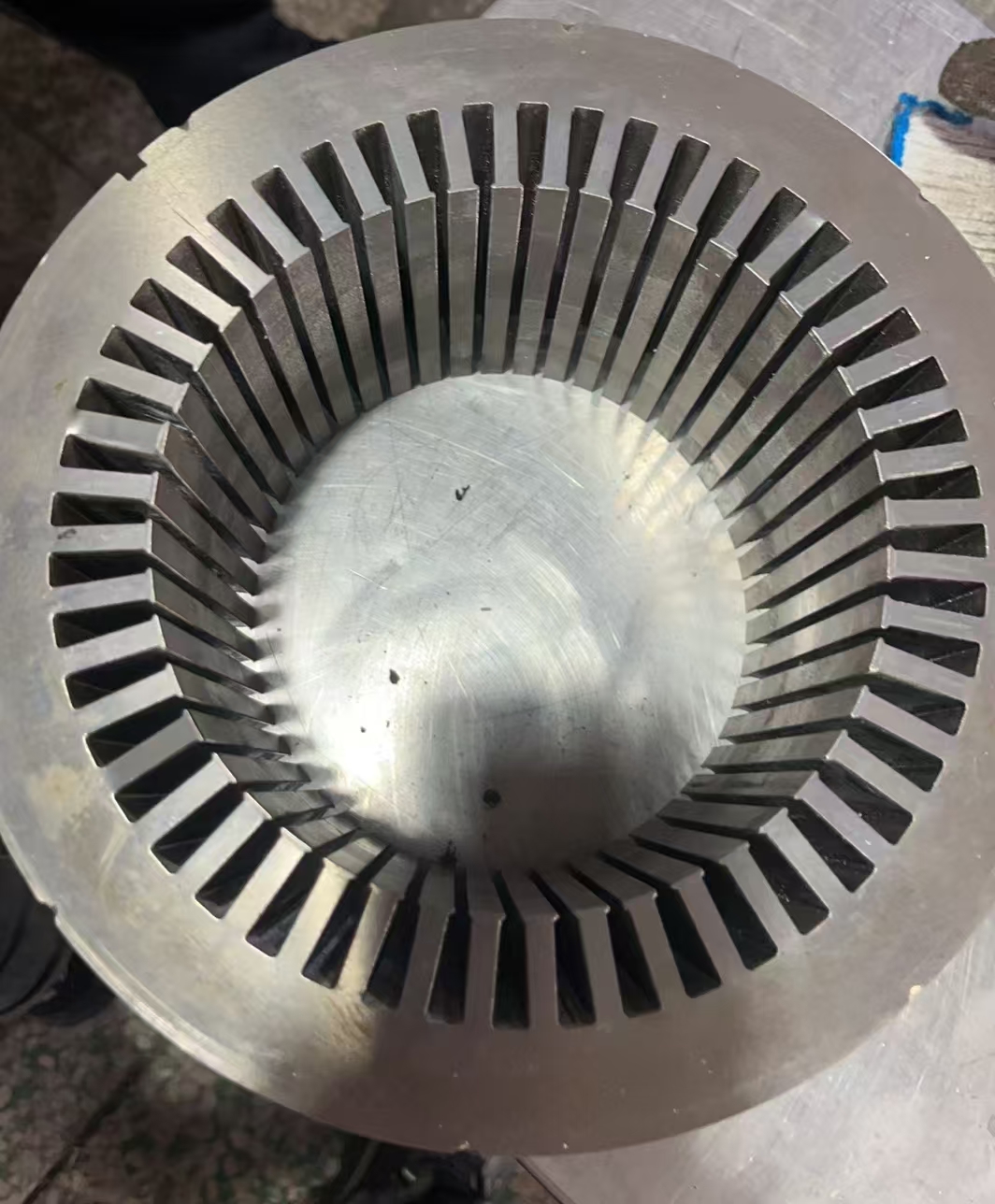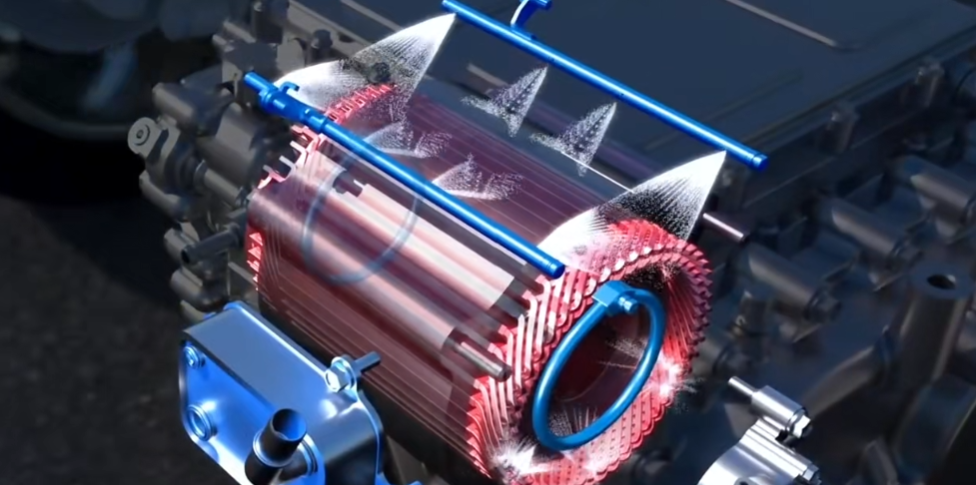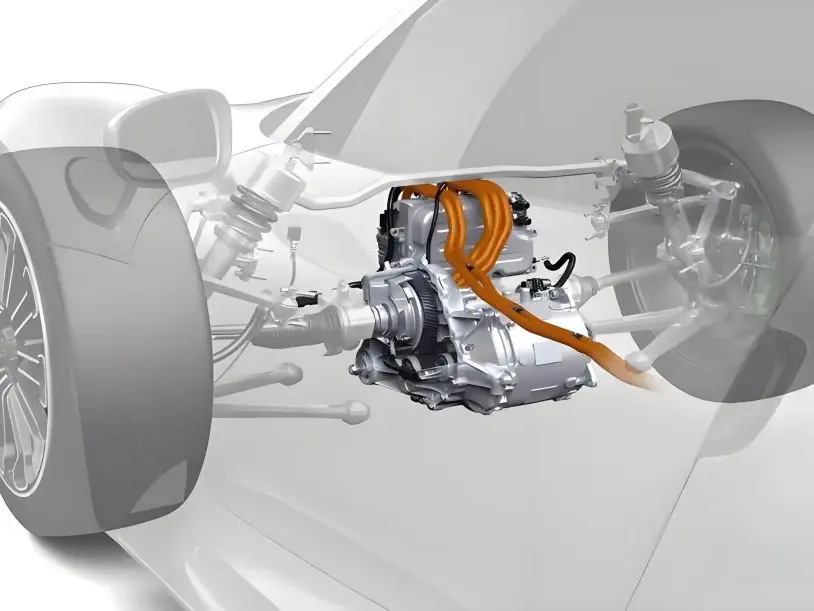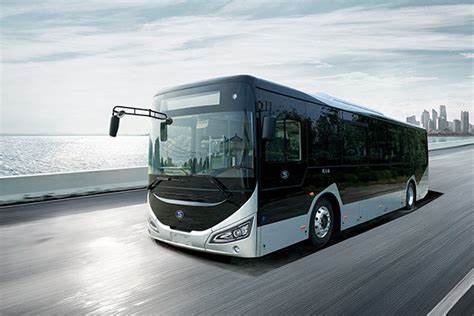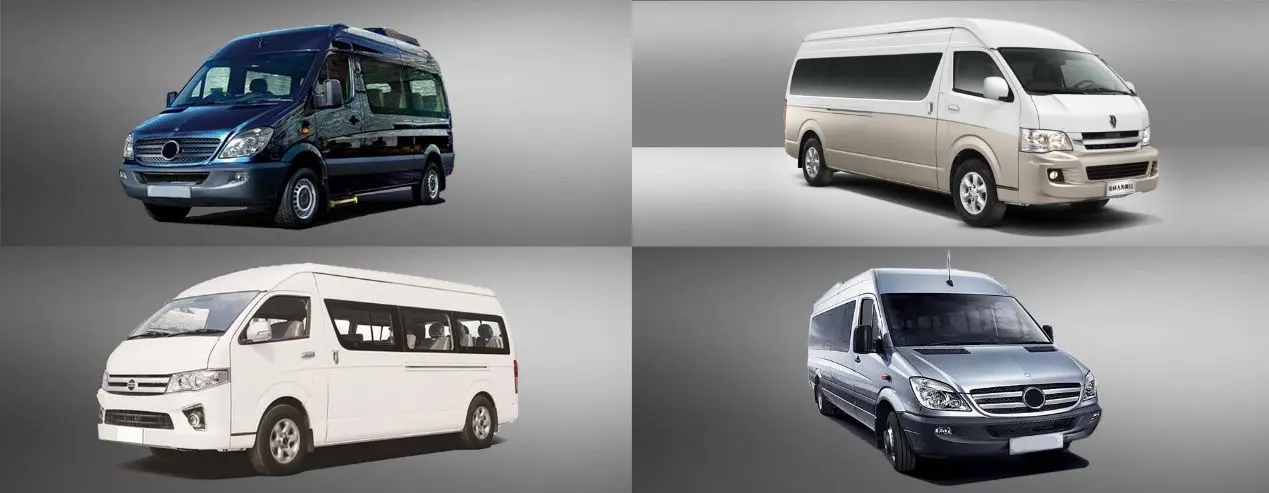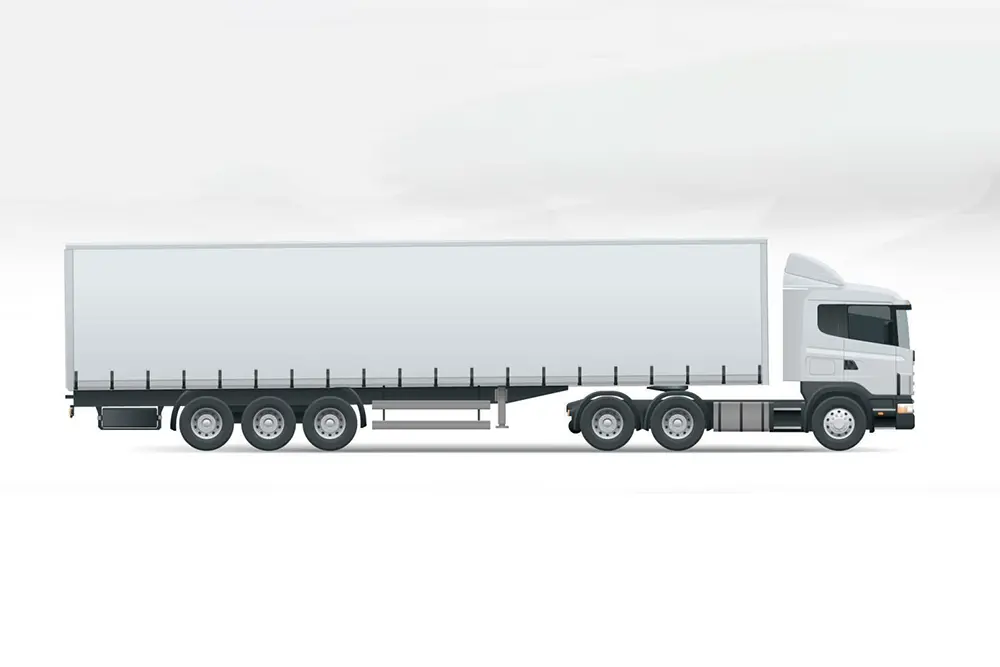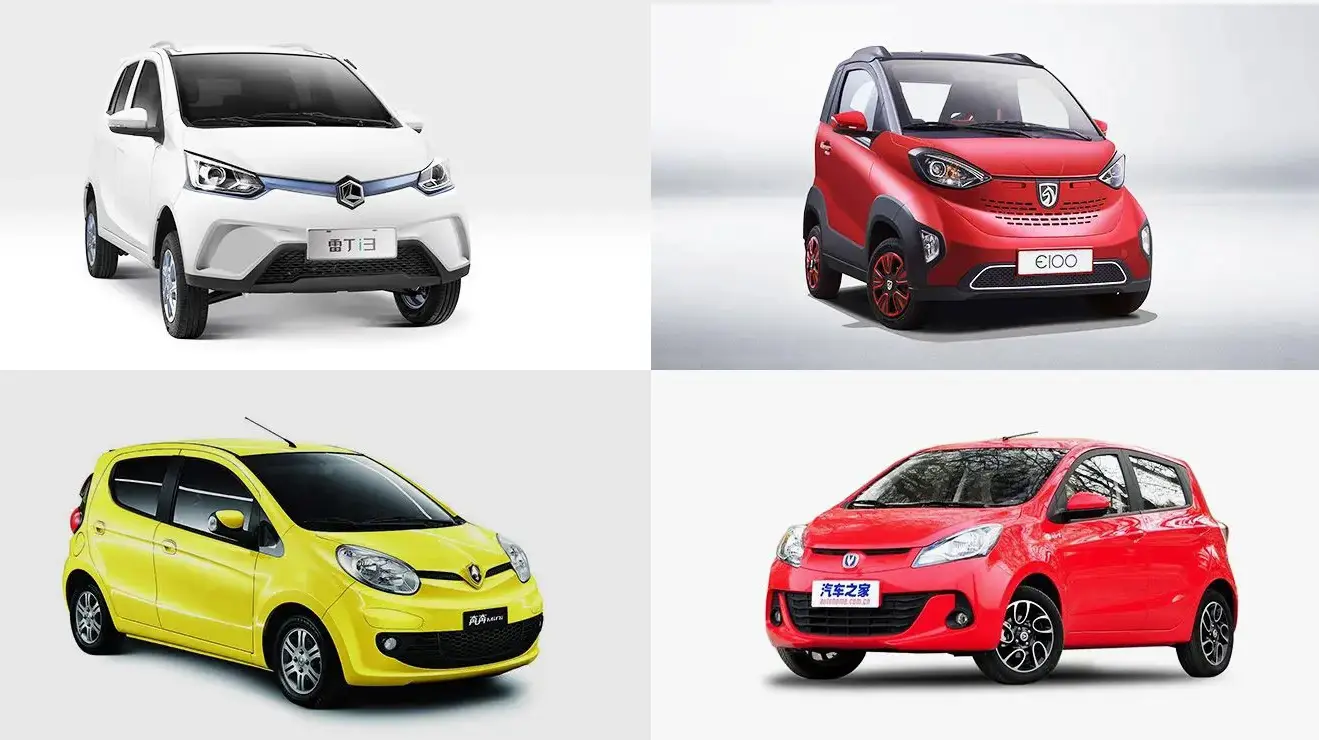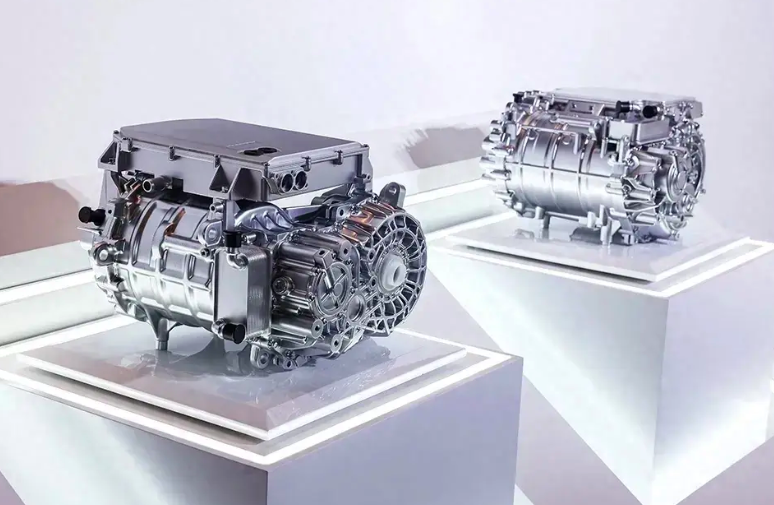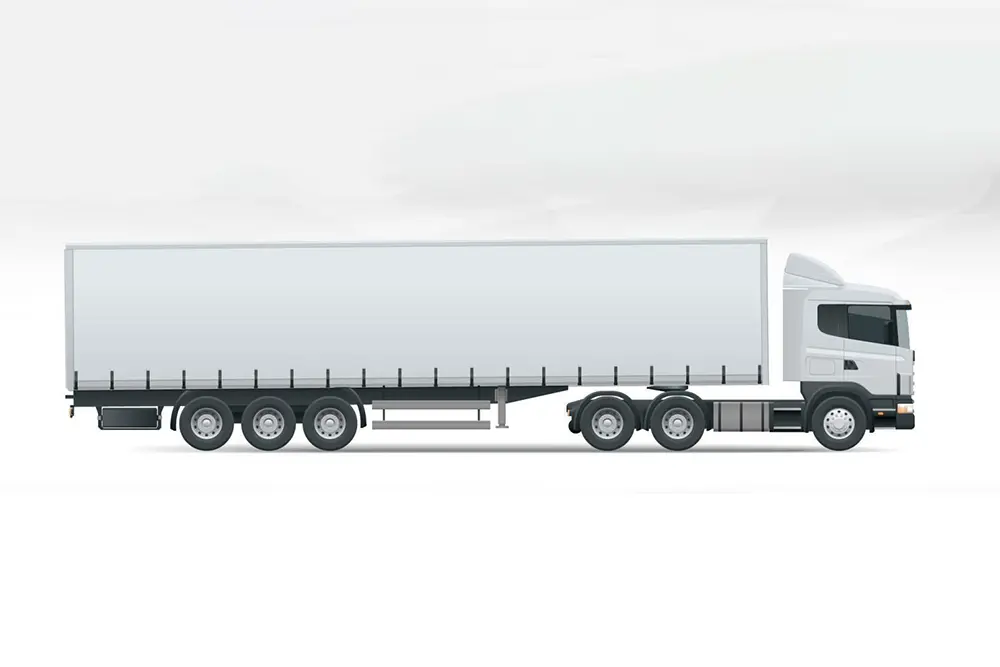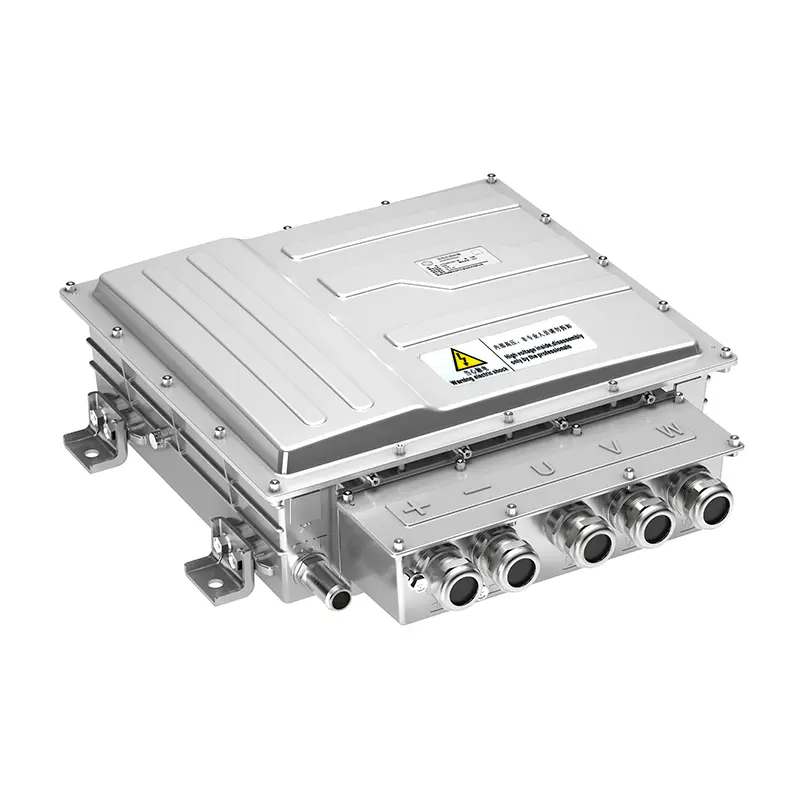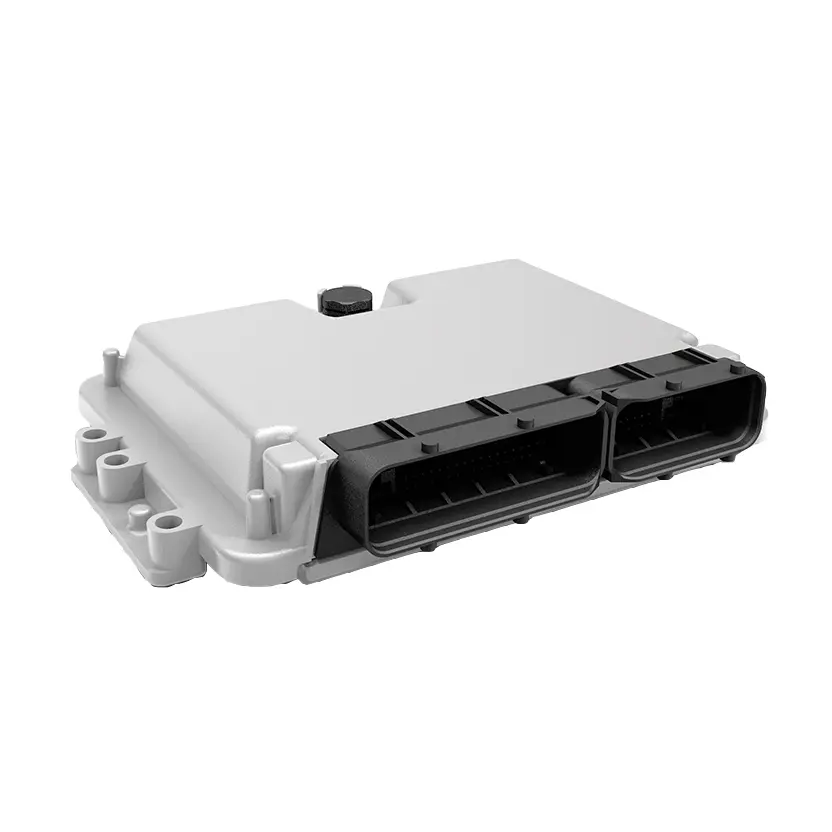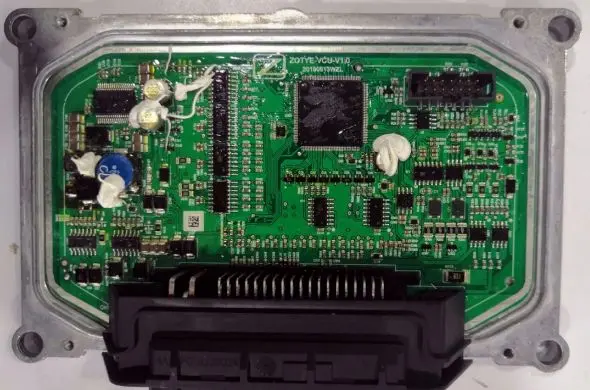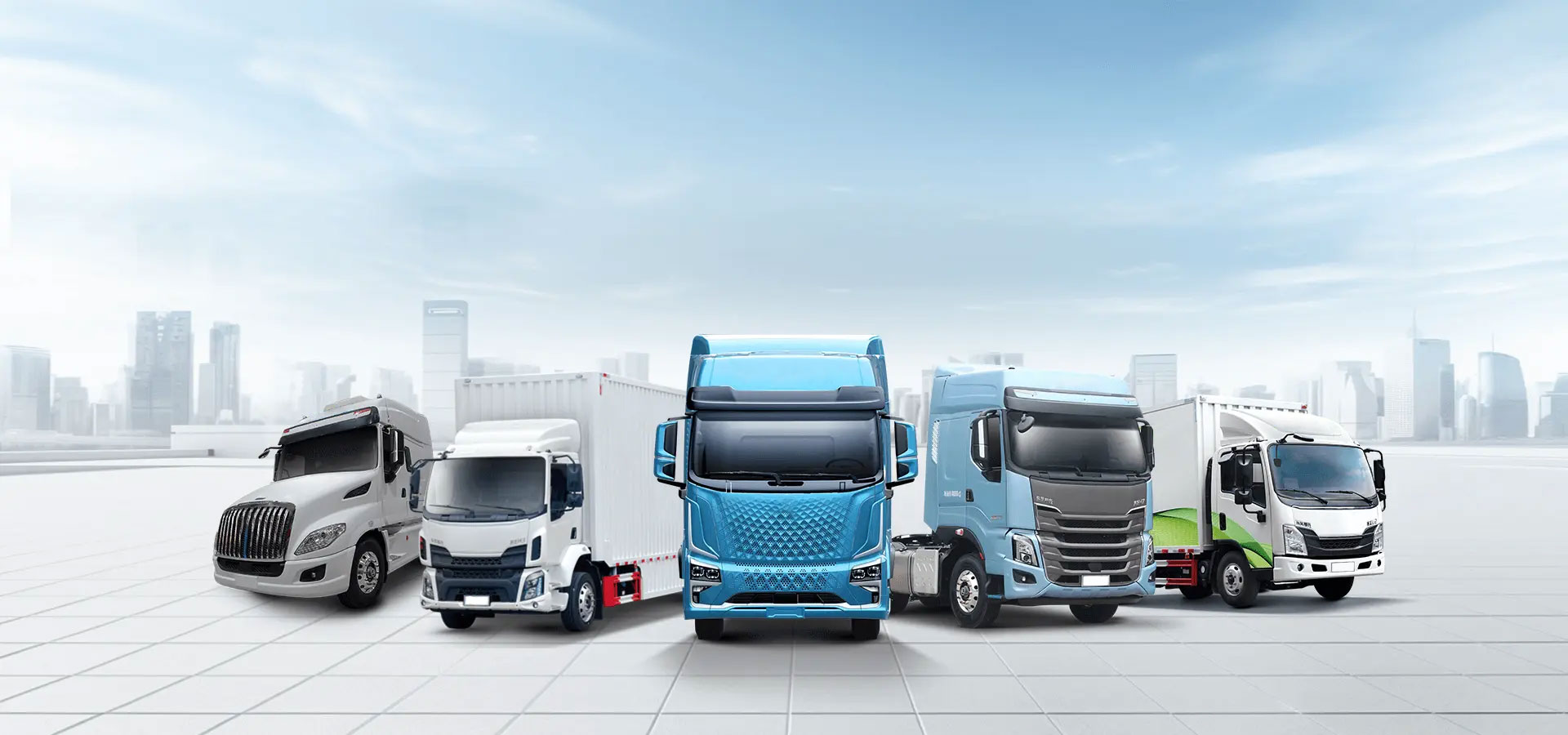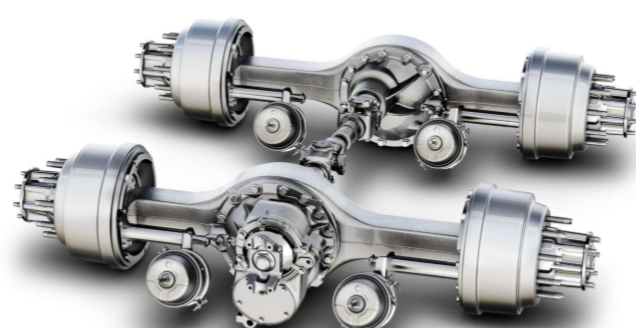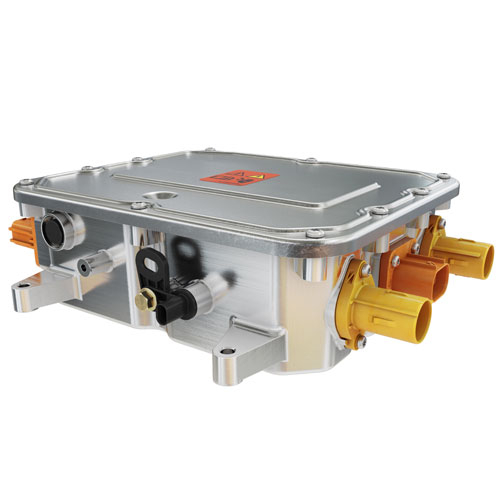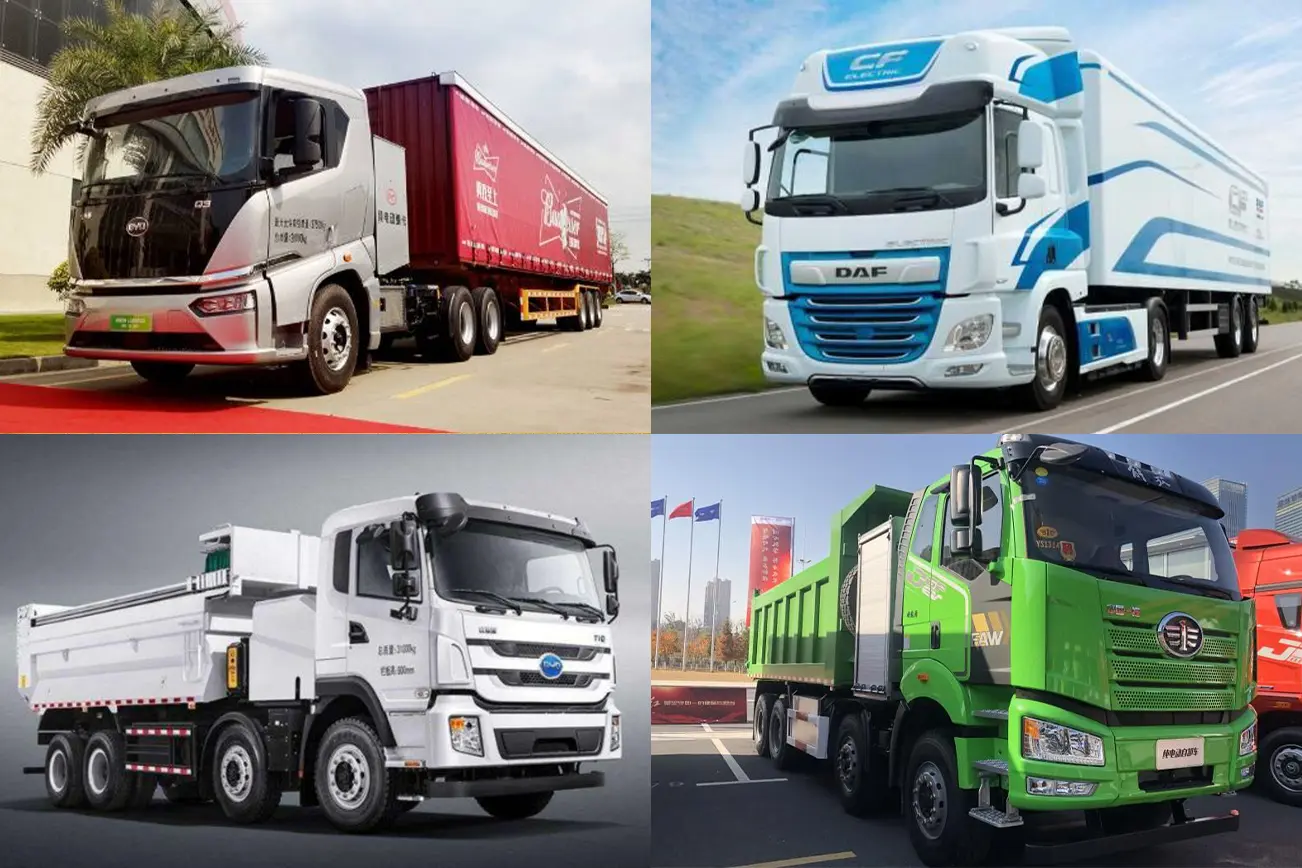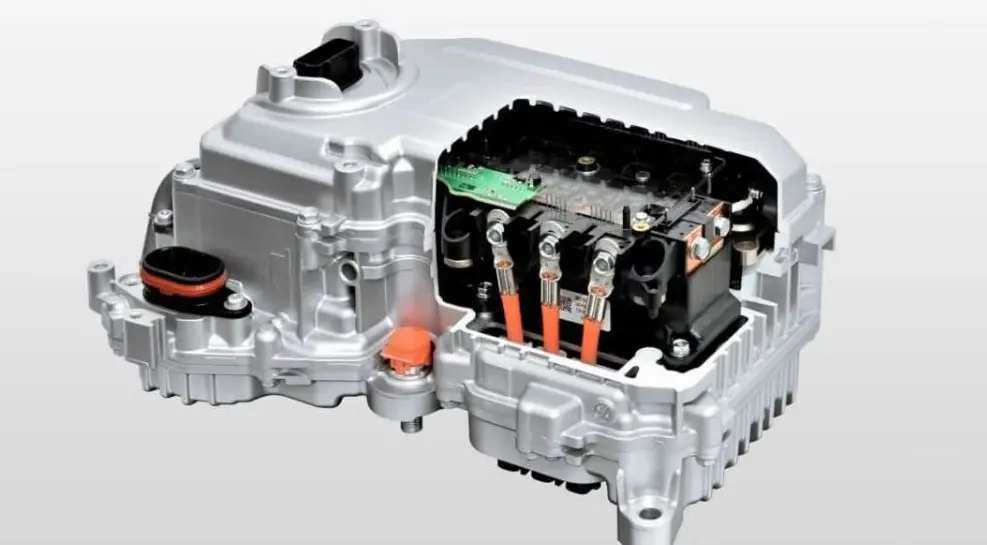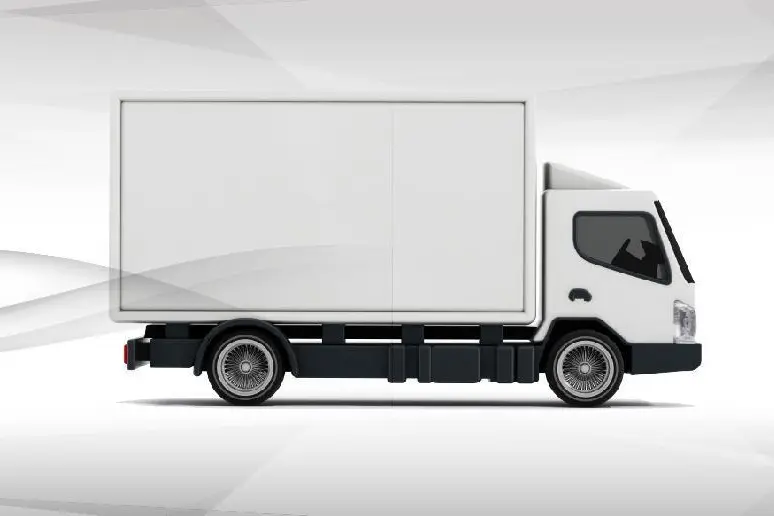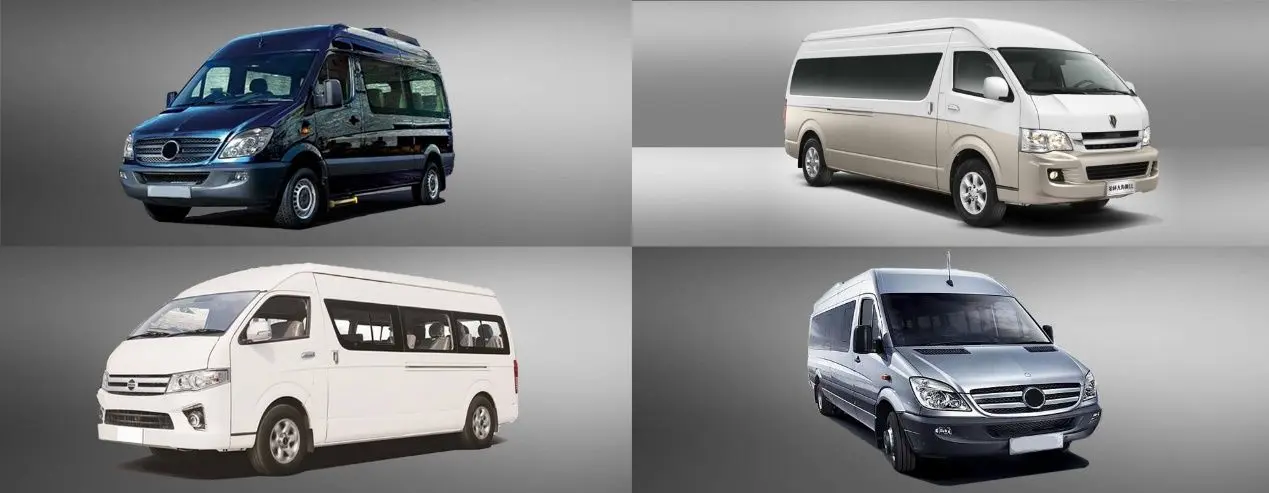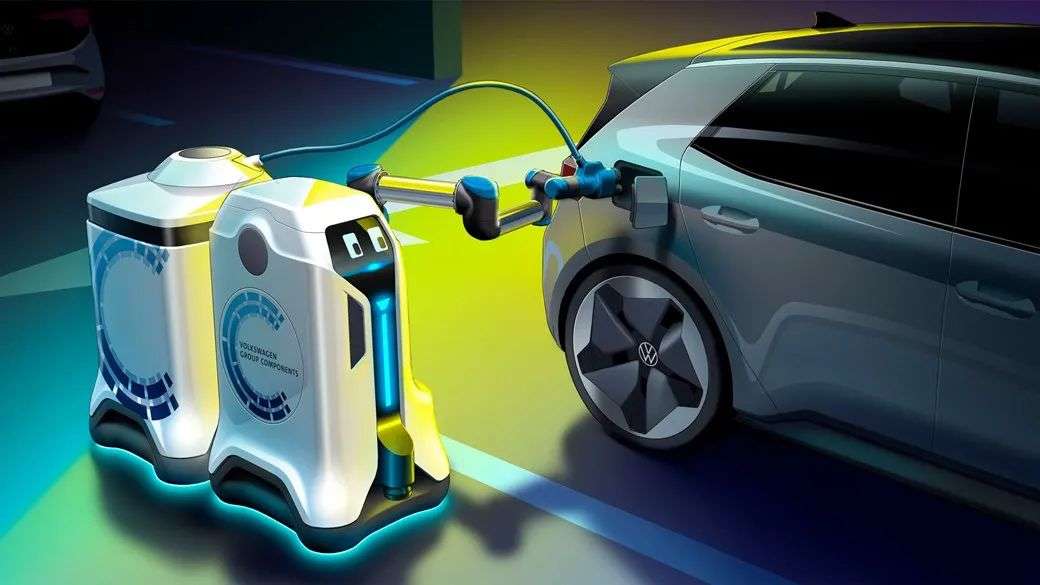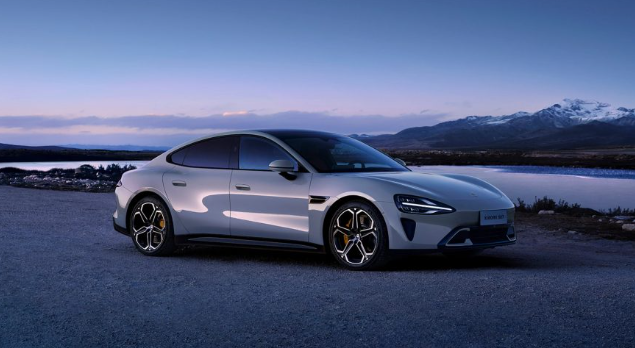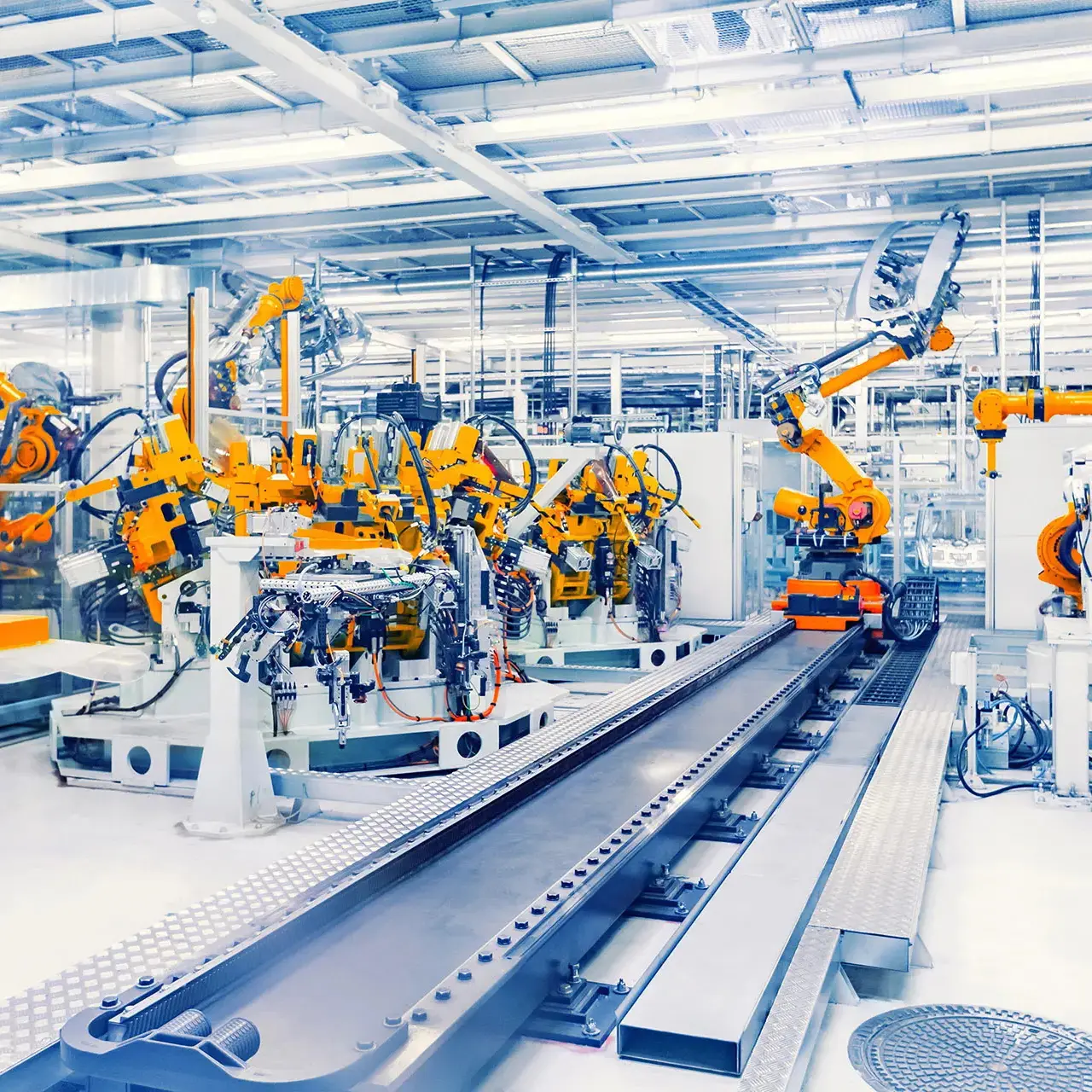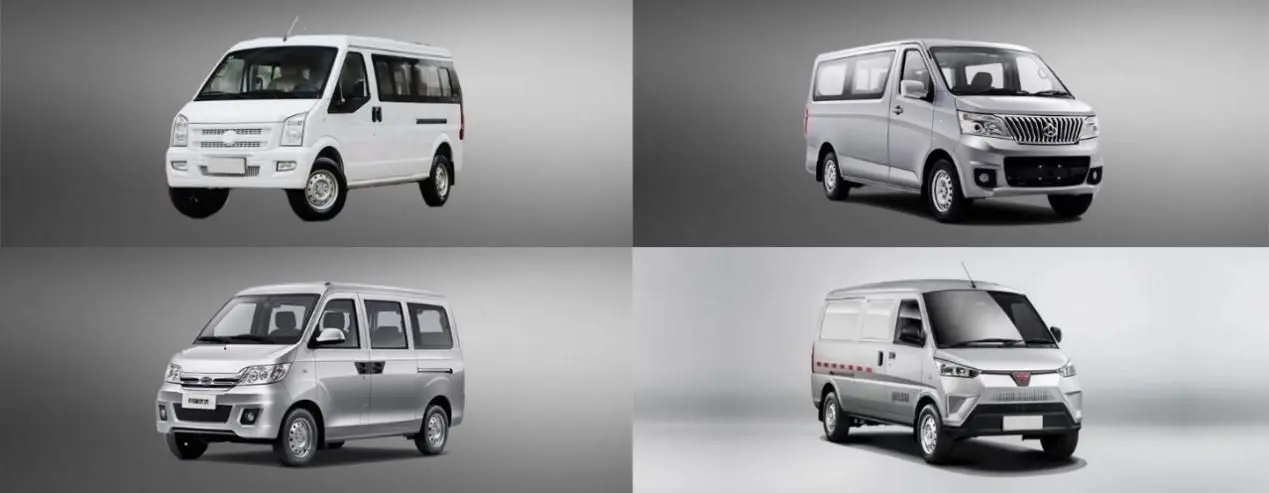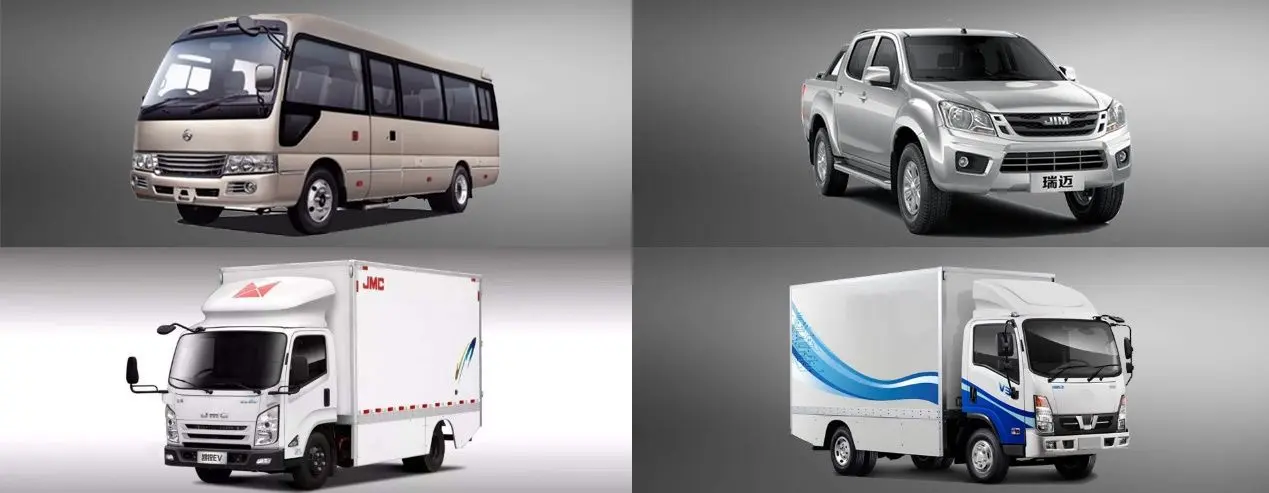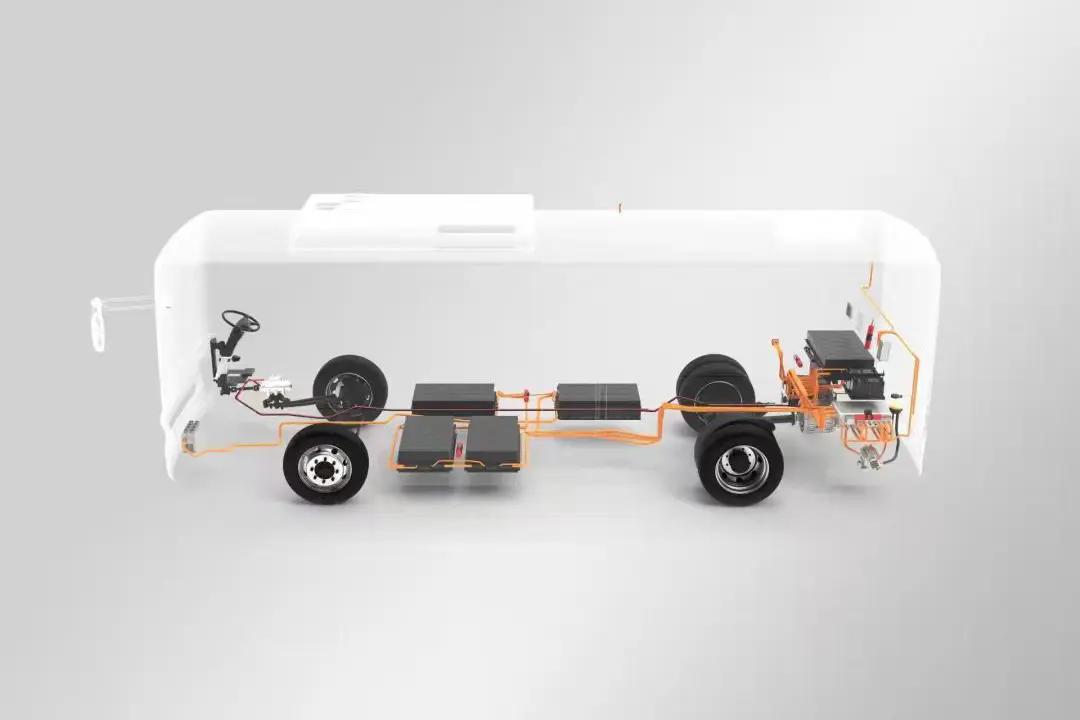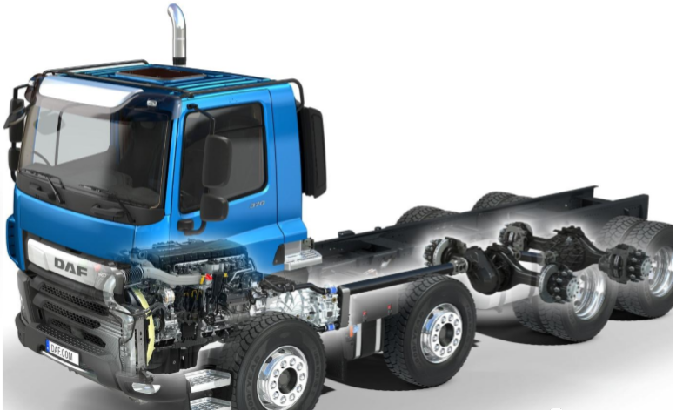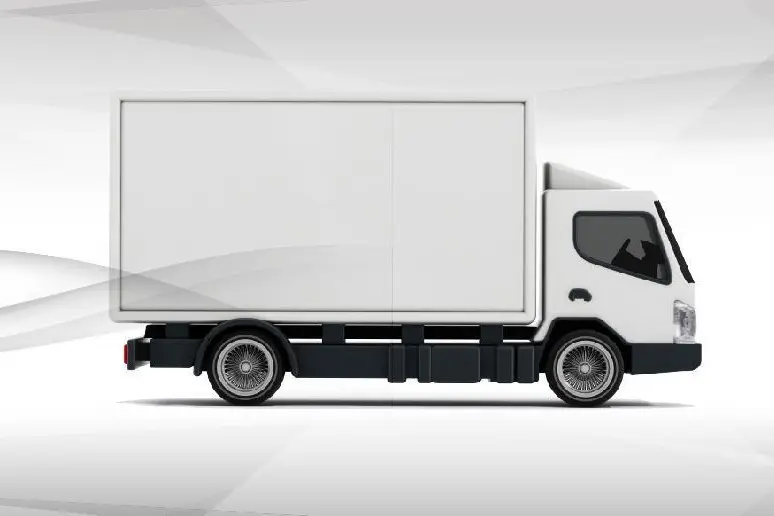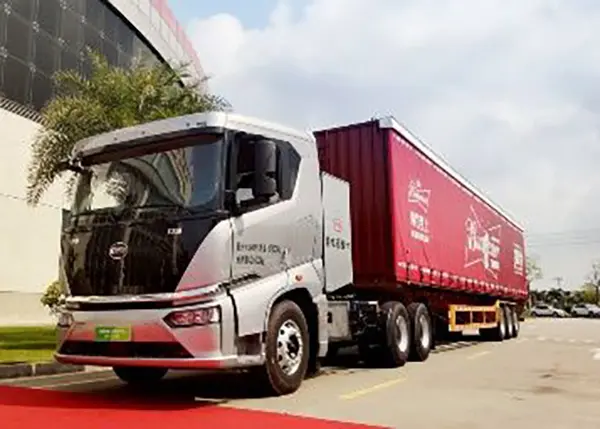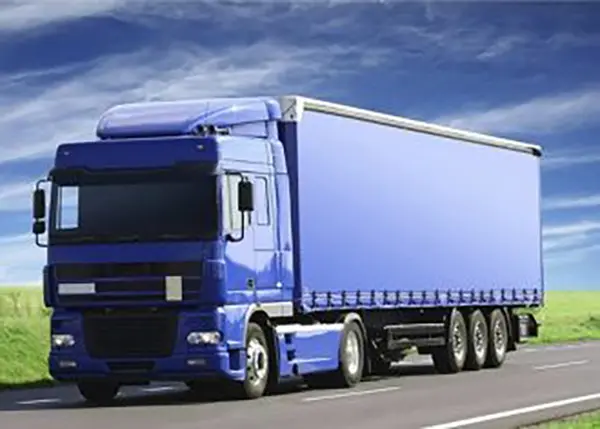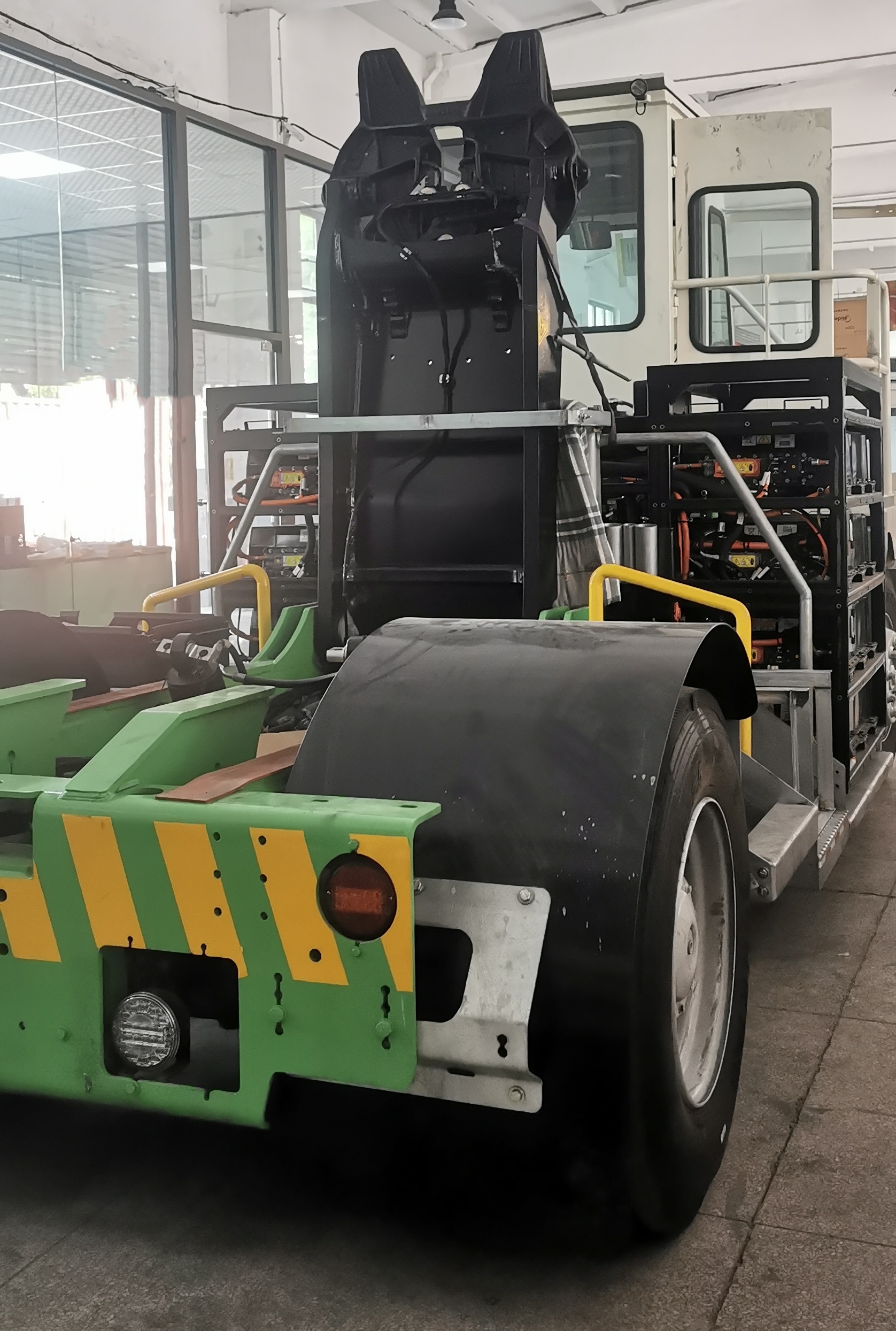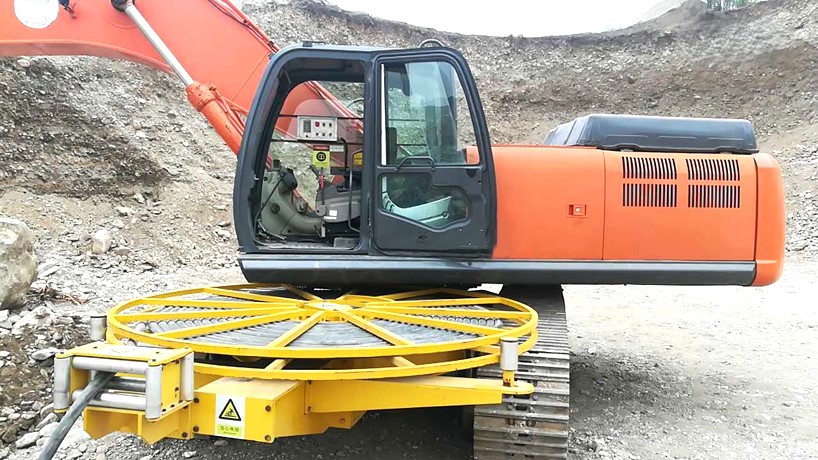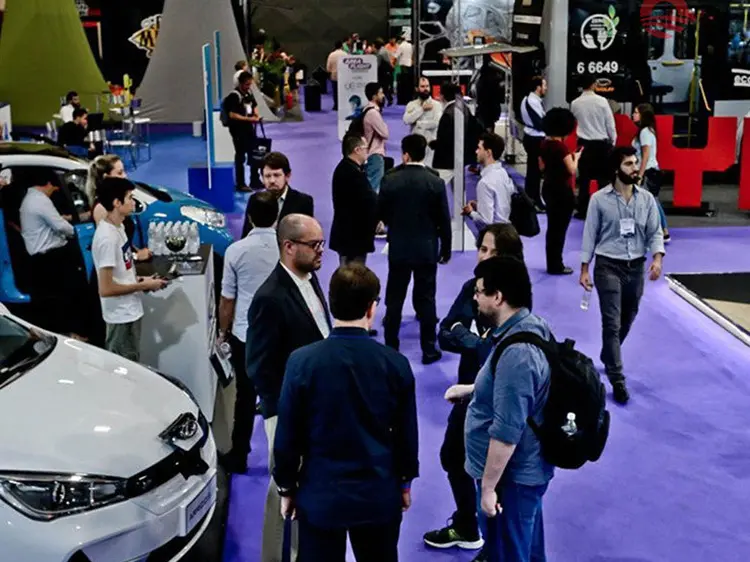The Secret Behind EVs’ Instant Acceleration: Inside the MCU Control Logic
Electric vehicles (EVs) have become synonymous with thrilling, silent acceleration. Tap the pedal, and you’re thrust forward with a sense of immediacy that even performance gas cars struggle to match. But what creates this feeling of instant power? The answer lies deep within the vehicle’s electronics, specifically in a small but mighty system known as the Motor Control Unit (MCU). This blog takes you under the hood to explore the critical role of MCU control logic and how it translates driver intent into seamless torque and exhilarating acceleration.
Why Do EVs Feel So Fast From a Standstill?
If you’ve ever driven or sat in an electric vehicle, one of the first things you’ll notice is how shockingly fast it accelerates from zero. Whether it's a Tesla Model 3, a BYD Dolphin, or even a compact EV city car, the responsiveness is uncanny. This "snap acceleration" is not just a gimmick — it’s an engineering marvel resulting from electric drivetrains and the real-time decisions of the vehicle’s MCU.
Unlike internal combustion engine (ICE) vehicles that need to build up power gradually due to mechanical and combustion delays, EVs deliver peak torque instantly. This is inherent to electric motors, which don’t rely on complex gear shifts or engine revs to reach maximum torque.
But raw motor capability is only part of the story — the MCU’s control logic ensures that this torque is delivered at the right moment, in the right amount, and without sacrificing safety or comfort.

Importance of Acceleration Feel in User Experience
Speed is one thing — perceived acceleration is another.
EV manufacturers today compete not only on range and design, but also on how smooth, natural, and exciting the acceleration feels. The “feel” of acceleration directly affects:
- Driver confidence
- Perceived vehicle performance
- Brand perception (think Tesla’s "Ludicrous Mode")
- Passenger comfort (jerky acceleration can be unsettling)
This is where motor control logic plays a pivotal role. The MCU tailors the acceleration curve based on sensor data, road conditions, vehicle load, and even driving mode (eco, sport, normal). The result? A driving experience that’s both visceral and controllable.
What Is an MCU and What Does It Do in an EV?
The Motor Control Unit (MCU) is the digital brain responsible for managing the electric motor(s) in an EV. It sits between the accelerator pedal and the motor inverter and acts as the control layer between driver intent and electric propulsion.
Key Functions of an MCU:
- Interprets accelerator pedal input
- Calculates optimal torque output
- Monitors battery voltage, temperature, and current
- Manages motor rotation speed and direction
- Coordinates regenerative braking
- Ensures system safety through fault detection
In essence, the MCU ensures that the electric motor behaves in line with the driver’s expectations, vehicle conditions, and safety protocols — all in real-time.
From Pedal to Power: Translating Driver Input into Motion
Let’s examine a typical chain of events:
1.Driver presses the accelerator pedal.
2.The pedal position sensor (often a Hall-effect sensor) sends a voltage signal to the MCU.
3.The MCU reads this signal and interprets how much torque should be delivered.
4.It also references:
- Battery status
- Traction control feedback
- Motor temperature
- Driving mode
5.The MCU sends commands to the inverter, which adjusts voltage and current flow to the electric motor.
6.The motor spins — and torque is sent to the wheels.
This entire cycle happens in milliseconds, thanks to the speed of digital electronics and powerful embedded processors inside modern MCUs.
How Acceleration Pedal Signals Are Interpreted by the MCU
Contrary to the simplistic assumption that the accelerator pedal is like a volume knob, modern EVs use sophisticated interpretation techniques:
Dual-Channel Pedal Signals
For safety, the pedal typically has two redundant sensors that must agree on the pedal position. The MCU cross-checks them constantly.
Signal Mapping
The MCU doesn’t respond linearly to pedal position. It applies calibration curves based on driver mode. For example:
- Eco Mode: More gradual torque delivery
- Normal Mode: Balanced response
- Sport Mode: Aggressive, high-sensitivity torque map
Adaptive Feedback
Some MCUs use machine learning or adaptive algorithms to learn driver behavior and adjust response over time. This creates a uniquely personalized driving experience.
Torque Response: The Key to “Instant” Acceleration
The defining trait of EV performance is instant torque, and managing this is one of the MCU’s most important jobs.
Why Electric Motors Deliver Instant Torque
Electric motors generate torque directly from electric current and magnetic fields — no waiting for combustion cycles, valves, or gear engagement. As soon as current flows through the stator, the rotor turns.
MCU’s Role in Torque Control
While motors can deliver full torque instantly, it's not always safe or efficient to do so. The MCU carefully modulates:
- Ramp rate of torque delivery (how quickly torque builds up)
- Traction limits to prevent wheel slip
- Thermal limits to prevent motor or battery overheating
- Power optimization for efficiency and range
Some systems also simulate ICE-like behavior for better driver familiarity or comfort, especially in hybrid vehicles.

Control Delay Optimization in Modern MCUs
Latency — the delay between pedal press and vehicle response — is the enemy of EV performance. Leading EV brands aim for sub-10ms control loops, with minimal jitter or variation.
Sources of Delay:
- Signal processing delay in the pedal sensor
- Algorithmic computation time in the MCU
- Communication delay between MCU and inverter
- Motor response delay (minimal)
Optimization Techniques:
- Faster microcontrollers with multi-core CPUs or DSPs
- Advanced scheduling to prioritize real-time tasks
- Predictive control models to anticipate driver input
- Reduced software stack complexity
By minimizing these delays, EVs deliver that razor-sharp response that makes acceleration feel instantaneous and intuitive.
The Future of MCU-Based Control in EVs
MCU technology continues to evolve rapidly to meet growing demands in EV performance, safety, and AI integration.
Trends to Watch:
1. Integration with ADAS and AI
Future MCUs will integrate with Advanced Driver Assistance Systems (ADAS), adapting motor behavior based on road conditions, pedestrian detection, or traffic data.
2. Over-the-Air (OTA) Tuning
Just as Tesla can boost acceleration via software updates, expect MCUs to support OTA tuning for performance, efficiency, or safety, even post-sale.
3. Cloud-Connected Diagnostics
MCUs will increasingly report motor health, thermal status, and usage patterns to the cloud for predictive maintenance and remote optimization.
4. Multi-Motor Coordination
In AWD and quad-motor EVs, MCUs will need multi-channel synchronization to control torque vectoring, traction, and regenerative braking seamlessly.
5. Silicon Carbide (SiC) Compatibility
As power electronics transition to SiC-based systems, MCUs must support higher switching frequencies, tighter thermal envelopes, and advanced error handling.
Conclusion
The lightning-fast acceleration of electric vehicles is not just a side effect of their electric motors — it is the result of meticulous digital control handled by the Motor Control Unit (MCU). From interpreting pedal input and managing torque delivery to minimizing control delays and ensuring safety, the MCU is the unsung hero of the EV revolution.
As EVs continue to evolve, the role of MCU logic will become even more critical — blending real-time control with AI, cloud connectivity, and increasingly complex drivetrain architectures. Next time you feel that exhilarating EV launch, remember: it’s not just electricity doing the work — it’s a symphony of software, sensors, and silicon orchestrated by the MCU.











